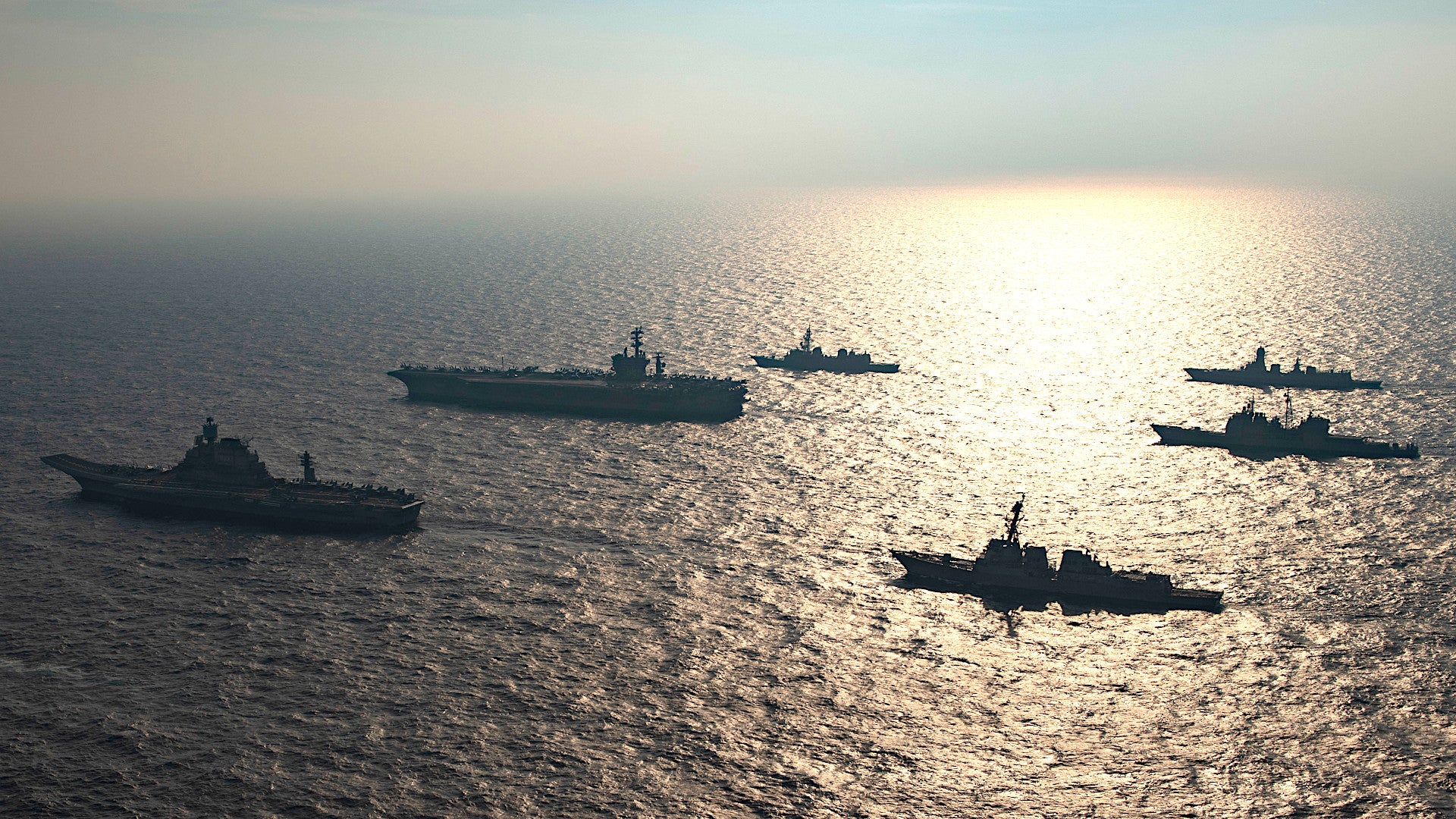Secretary of the Navy Kenneth Braithwaite says he is looking to establish a new naval command with a particular focus on the Indian Ocean and adjacent areas of the Pacific. This announcement comes as elements of the U.S. and Indian Navies, as well as those from Japan and Australia, are taking part in a major maritime exercise in the Indian Ocean. The U.S. military, as a whole, has also been working to strengthen ties with its Indian counterparts, as well as other countries in this general region, in order to challenge China’s growing geopolitical ambitions.
Braithwaite publicly called for setting up the additional fleet on Nov. 17, 2020, in remarks at the Naval Submarine League’s annual symposium, which is being held virtually this year due to the ongoing COVID-19 pandemic. He added that the plan is for this new unit to be designated U.S. 1st Fleet, which previously oversaw American naval operations in parts of the Western Pacific from 1947 to 1973.
When the Navy shuttered 1st Fleet nearly 50 years ago, it established U.S. 3rd Fleet in its place. That fleet remains active today with its headquarters in San Diego, California. Decades later, the service further redrew its operational boundaries in the Pacific, limiting 3rd Fleet’s responsibilities to naval activities in the Eastern Pacific, while expanding the role of U.S. 7th Fleet, which is forward-deployed in Japan, to cover more of the Western Pacific. The 7th Fleet is also presently responsible for overseeing operations in the Indian Ocean.
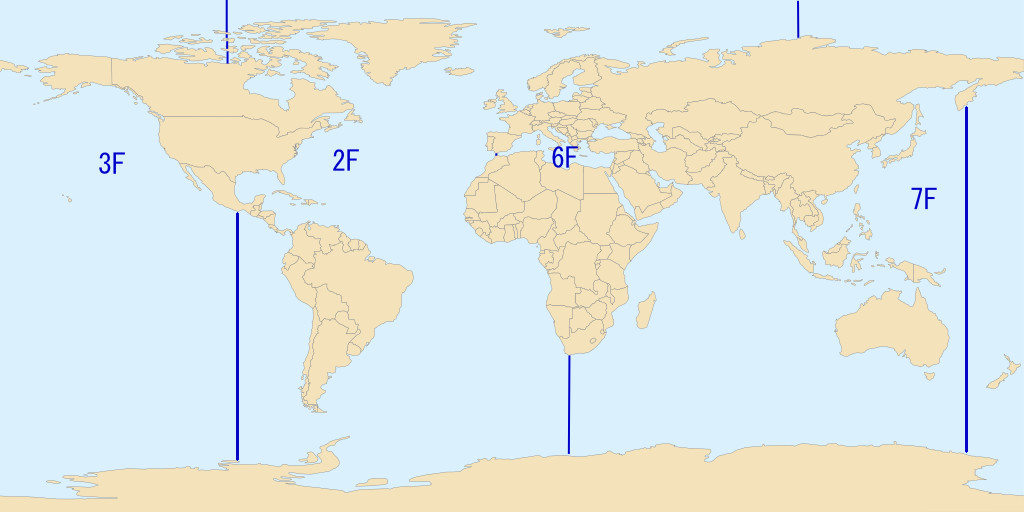
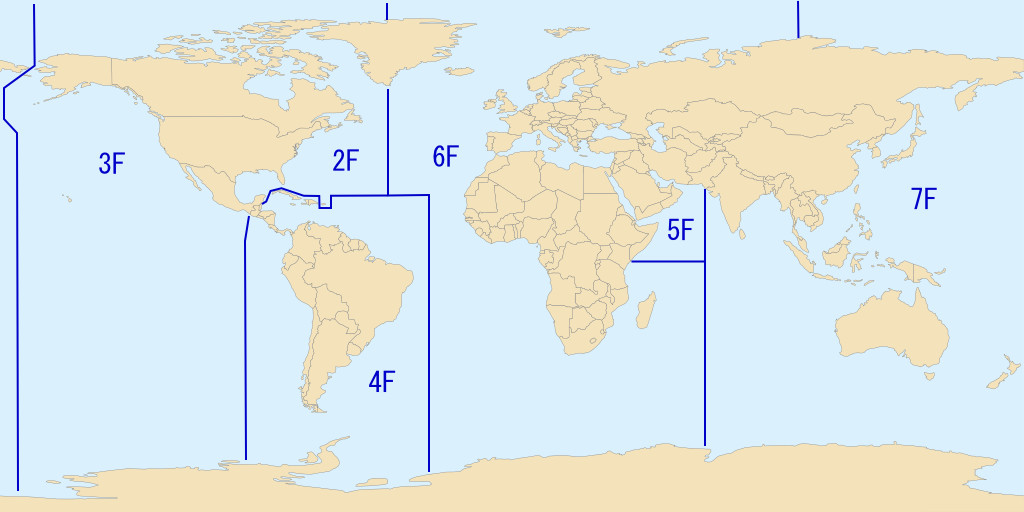
“We want to stand up a new numbered fleet,” Braithwaite said. “And we want to put that numbered fleet in the crossroads between the Indian and the Pacific oceans, and we’re really going to have an INDOPACOM footprint.”
“We can’t just rely on the 7th Fleet in Japan. We have to look to our other allies and partners like Singapore, like India, and actually put a numbered fleet where it would be extremely relevant if, god forbid, we were to ever to get in any kind of a dust-up,” he added. “More importantly, it can provide a much more formidable deterrence.”
It’s not clear how far along the Navy is in the process of establishing this new fleet. USNI News reported that Braithwaite, who was been serving as Navy Secretary since May, had come with this plan “several months ago” and had been in discussions about implementing it with former Secretary of Defense Mark Esper, who was President Donald Trump fired last week.
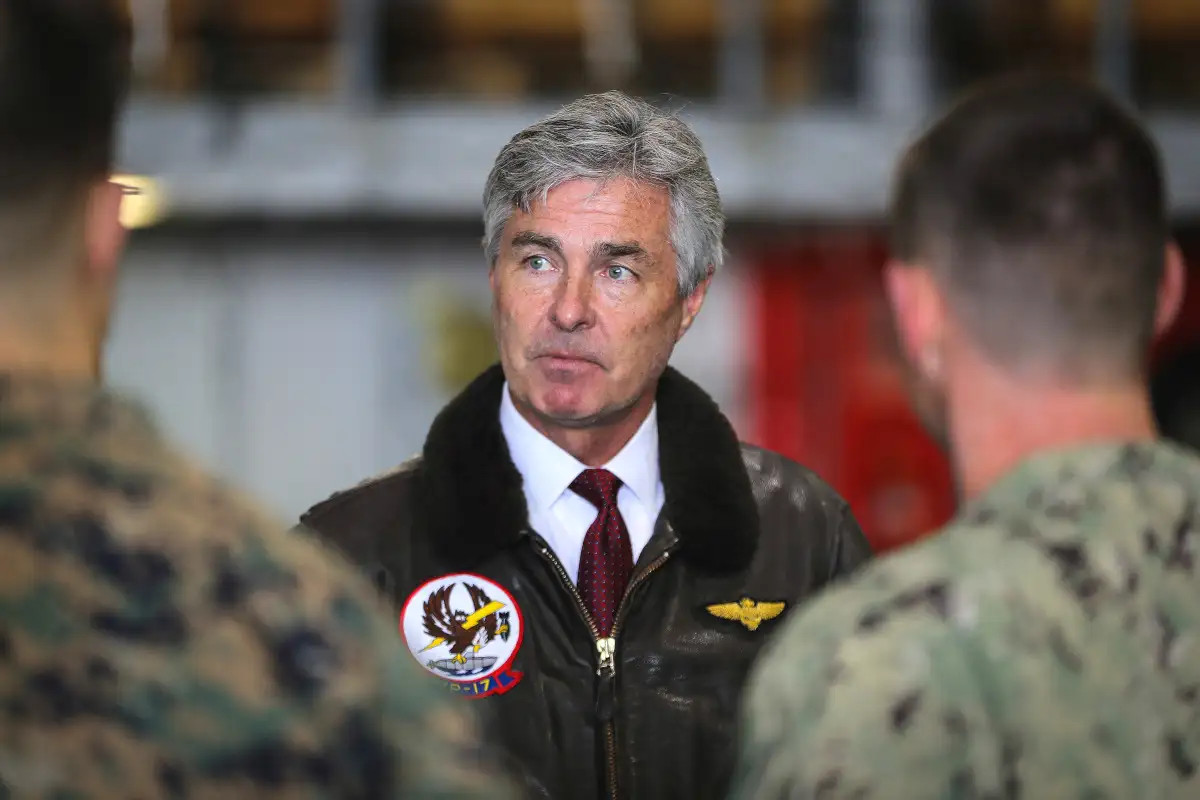
It’s also not clear where the 1st Fleet headquarters might eventually be situated. “We’re going to put it, if not Singapore right out of the chocks, we’re going to look to make it more expeditionary-oriented and move it across the Pacific until it is where our allies and partners see that it could best assist them as well as to assist us,” Braithwaite said.
The Navy has had a presence at the Singaporean Navy’s Changi Naval Base since 1990 and now had Littoral Combat Ships (LCS) forward-deployed there under the operational control of 7th Fleet. One possible route the service could take to quickly establish 1st Fleet in Singapore could be to repurpose and expand, or otherwise leverage a portion of the 7th Fleet’s Logistics Group Western Pacific, also known as Task Force 73, which is based in that country now.
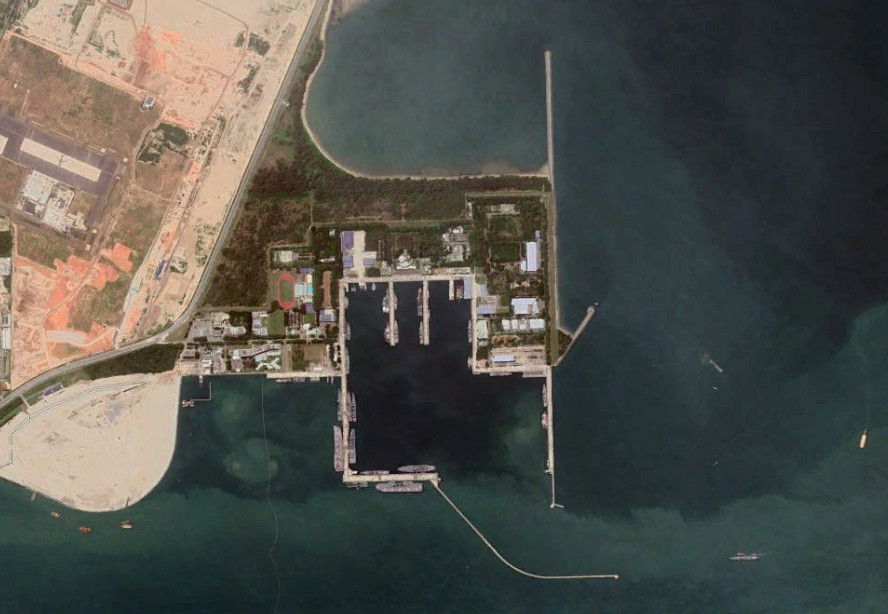
At present, Logistics Group Western Pacific/Task Force 73 oversees the activities of all Military Sealift Command and other Navy auxiliary ships in the Western Pacific and the Indian Ocean. It also manages all repair work on Navy ships in these regions outside of Japan and serves as the “principal logistics agent and Theater Security Cooperation (TSC) agent for Southeast Asia,” according to the unit’s website.
Another option might be to create a more “expeditionary” command element, as Braithwaite also suggested, that could be temporarily deployed to Singapore, or other countries in the region, such as Australia or even the British Indian Ocean Territory of Diego Garcia, at least initially. It’s not clear how such a unit might operate, but it could potentially make use of the kind of rapidly deployable temporary command and control facilities, and associated concepts of operation, that other services are now experimenting with. This could provide the Navy with valuable experience in conducting distributed operations in the Pacific, as well.
It might be possible, at least for a time, for the 1st Fleet’s commander and their staff to operate from a ship, such as the first-in-class command ship USS Blue Ridge. It’s worth noting that the U.S. military’s Combined Joint Task Force-Horn of Africa (CJTF-HOA) ran its operations from Blue Ridge‘s sister ship, USS Mount Whitney, for some six months between 2002 and 2003 before moving into facilities ashore at Camp Lemonnier in the East African country of Djibouti.
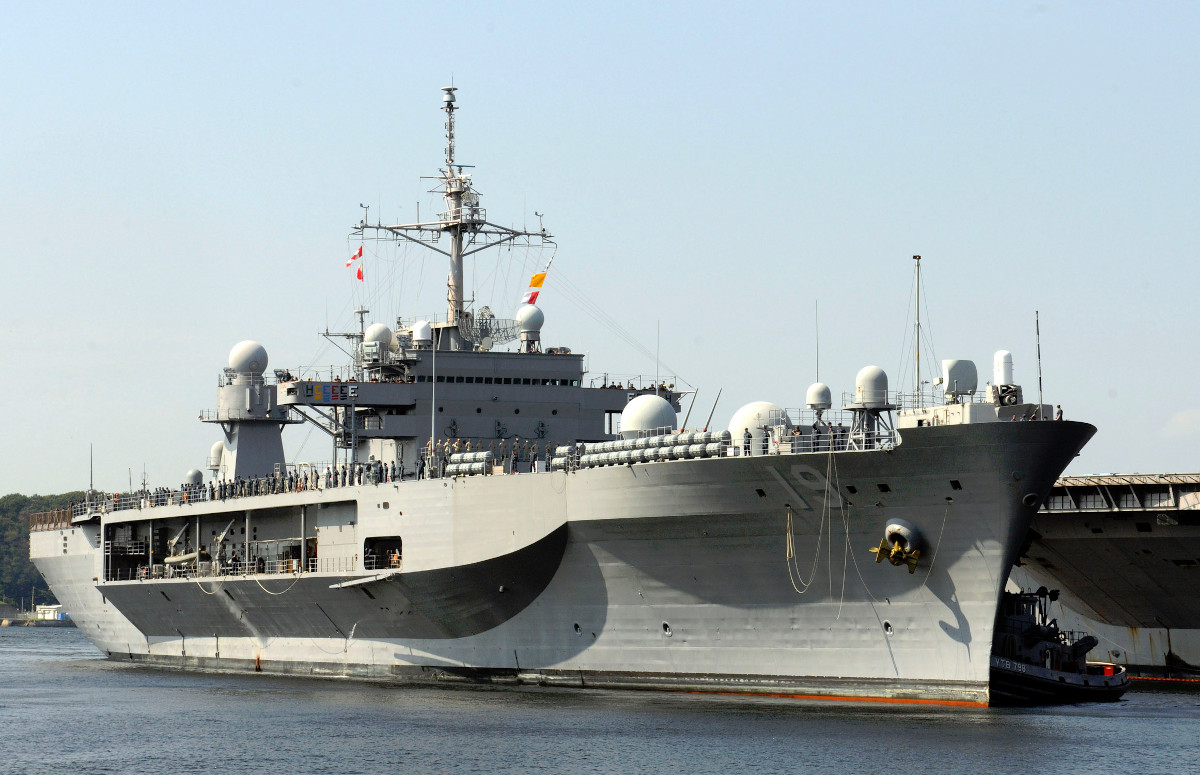
However, Blue Ridge is also 7th Fleet’s flagship and that command may be less than eager to relinquish control of that highly specialized vessel even just for a matter of months. The Navy could also look to utilize one of its new Lewis B. Puller class expeditionary sea bases or a smaller Spearhead class expeditionary fast transport, but these ships would not be nearly as capable as fleet command ships.
No matter how they are deployed, many personnel assigned to 1st Fleet may well be seconded from other units in 7th Fleet and elsewhere in the Navy, at least to begin with, as well. This would be very similar to how the U.S. 2nd Fleet has operated since its re-establishment in 2018 to oversee naval operations in much of the North Atlantic Ocean and the Arctic region. As with that unit, 1st Fleet is unlikely to have any ships permenantly assigned to it, instead exercising temporary command and control of ships and other naval units deployed to whatever areas it ultimately gains responsibility over.
Regardless of its initial size and scope, the planned 1st Fleet would provide a valuable command element focused on U.S. activities in the southwestern Pacific and the Indian Ocean, as well as expanding ties and improving interoperability with allies and partners in the region. The fleet’s commanding officer and their staff would also give the Navy a dedicated voice for naval issues in this part of the world, which is already of great strategic importance, during higher-level discussions on topics such as operational requirements, policy, and budgeting.
The 1st Fleet plan also underscores the U.S. military’s growing focus on the “Indo” part of what it is now broadly referring to as the Indo-Pacific region. This increased attention to engagement in and around the Indian subcontinent, and with India specifically, was already visible during President Barack Obama’s Administration and continued into that of President Donald Trump’s. In 2018, the Pentagon notably renamed U.S. Pacific Command (PACOM) as U.S. Indo-Pacific Command (INDOPACOM) as part of this broader push, which is aimed, in no small part, at challenging Chinese geopolitical maneuvers and influence across Asia and beyond.
Right now, the Navy, together with its counterparts from India, Japan, and Australia, a grouping known as “The Quad,” are holding the latest iteration of the Malabar naval exercise in the Indian Ocean’s Bay of Bengal. This is the first time in 13 years that Australia has taken part in Malabar, another example of growing military cooperation between the United States and its allies and partners in this region.
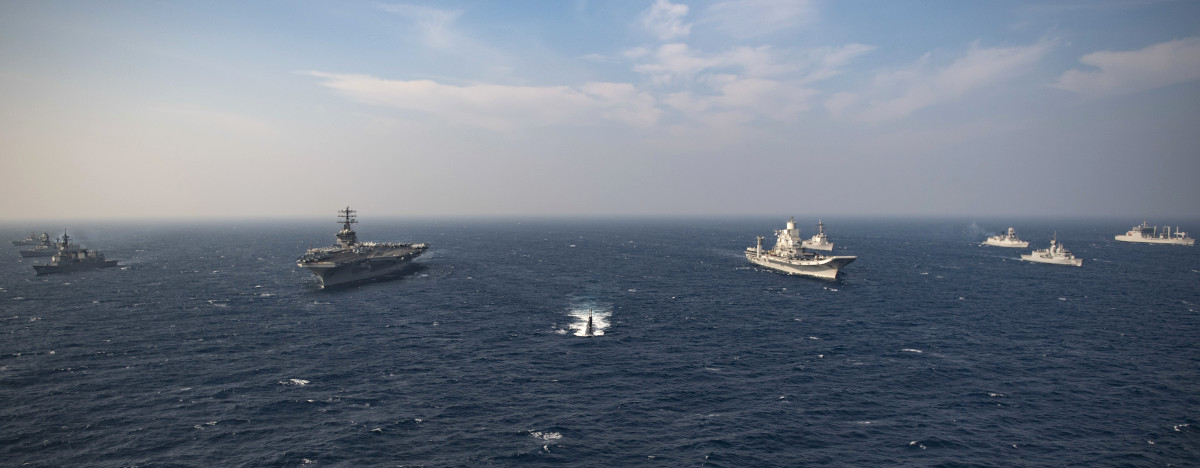
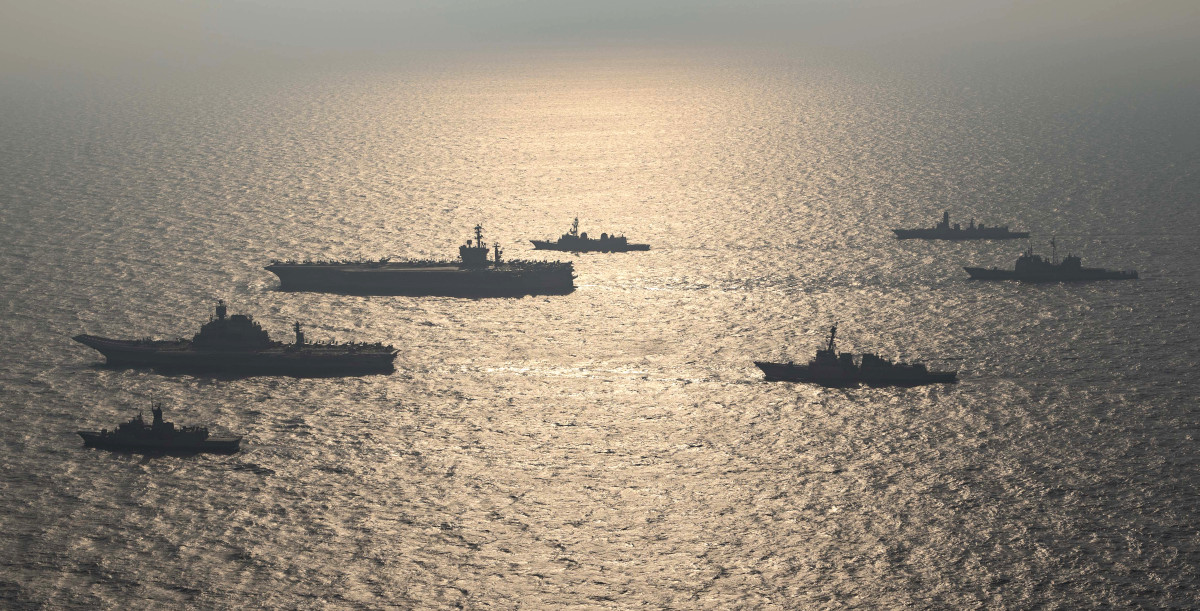
Though much of the discussion about China’s assertive maritime activities center on the country’s expansive and widely disputed claims in the South China Sea, Beijing has also been looking to step up its naval presence in the Indian Ocean. This has been of particular concern to Indian authorities, especially given the Chinese government’s long-time relationship with India’s chief adversary Pakistan. In January, the Chinese People’s Liberation Army Navy and its Pakistani counterparts conducted a major exercise together in the Arabian Sea further the west.
On land, India and China have also seen some of the most serious skirmishes in decades along disputed portions of their shared border this year. At least 20 Indian soldiers died and dozens more were injured in a particularly violent altercation in June, with China also suffering dozens of casualties, according to various reports. Since then, India and China have sought to deescalate the situation, but significant friction remains.
The United States, as well as many other countries in East and Southeast Asia, share many similar concerns about China’s increasing willingness to adopt very aggressive postures on a host of foreign policy issues. “Most recently I was on a trip to the Far East. Every single one of our allies and partners are concerned about how aggressive the Chinese have been,” Secretary of the Navy Braithwaite said at the beginning of his remarks at the Naval Submarine League symposium.
China itself has established a naval base on the Horn of Africa in Djibouti, which provides valuable support for its own maritime operations in the Indian Ocean, as well as in and around the Middle East and beyond. There have also been persistent reports that the Chinese government may be looking to set up additional bases in the Maldives and Sri Lanka. Russia recently announced plans for a naval base in Sudan, which could also help expand that country’s naval activities in the Indian Ocean, among other areas.
All told, while the Navy seems to be in the early stages of establishing the next iteration of 1st Fleet, creating this unit would seem to be a high priority for the service as it seeks to expand its own presence in part of the world and better engage with key allies and partners, including India, to head off growing challenges from China.
Contact the author: joe@thedrive.com
